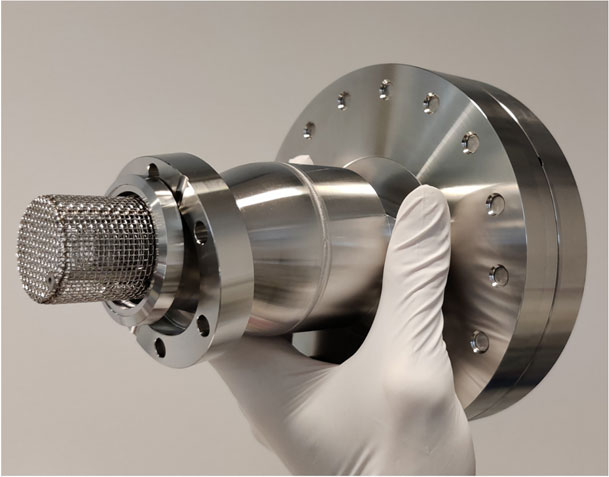- J-STAGE home
- /
- e-Journal of Surface Science a ...
- /
- Volume 22 (2024) Issue 1
- /
- Article overview
Conference—IVC-22—
MFIG — A Mass Filtered Ion Gauge
Herman Bekman
, Jurjen Emmelkamp, Youyou Westland, Dorus Elstgeest, Thomas Mechielsen, Michael Haye, Freek Molkenboer, Norbert Koster, Henk Lensen
Author information
-
Herman Bekman
Corresponding author
Department Nano Instrumentation, TNO
-
Jurjen Emmelkamp
Department Nano Instrumentation, TNO
-
Youyou Westland
Department Nano Instrumentation, TNO
-
Dorus Elstgeest
Department Nano Instrumentation, TNO
-
Thomas Mechielsen
Department Nano Instrumentation, TNO
-
Michael Haye
Department Nano Instrumentation, TNO
-
Freek Molkenboer
Department Nano Instrumentation, TNO
-
Norbert Koster
Department Nano Instrumentation, TNO
-
Henk Lensen
Department Nano Instrumentation, TNO
JOURNAL
OPEN ACCESS
2024 Volume 22 Issue 1 Pages 58-73
Details
- Published: September 07, 2023 Received: November 18, 2022 Released J-STAGE: January 20, 2024 Accepted: July 23, 2023 Advance online publication: September 07, 2023 Revised: -
-
Correction information
Date of correction: February 07, 2024 Reason for correction: Correction of the year of publication Correction: Bibliography Details: Year of publication of Vol. 22, Issue 1: Wrong (2023) / Correct (2024) -
Conference information
Name : The 22nd International Vacuum Congress (IVC-22) Number : 22 Location : Sapporo, Japan Date : September 11, 2022 - September 16, 2022
Download PDF (10356K)
Download citation
RIS
BIB TEX
Text
How to download citation
Contact us
(compatible with EndNote, Reference Manager, ProCite, RefWorks)
(compatible with BibDesk, LaTeX)



